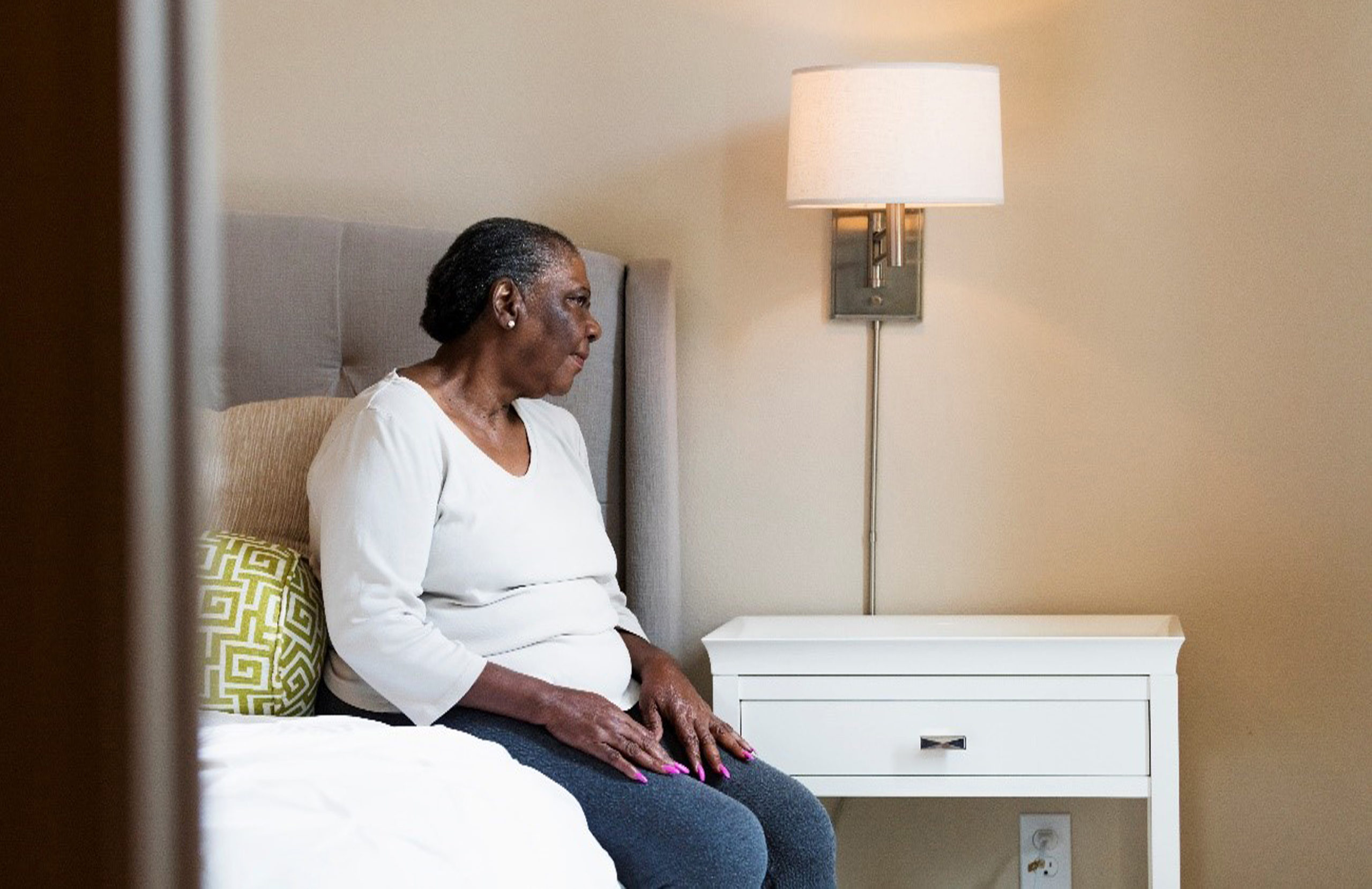

Sponsored by:
Division of Translational Research (DTR)
National Institute of Mental Health (NIMH)
6001 Executive Boulevard
Bethesda, MD 20852
Suicide is the tenth leading cause of death in the United States. In late adulthood, suicide rates are higher than in any other age group (SAMHSA, 2017) and have risen more than 40% in the past ten years (NCHS DB #330, 2018). Social disconnection – a term which refers to either objective social isolation, perceived social isolation (otherwise known as loneliness), or the co-presence of both – is one of the primary risk factors for a suicidal attempt. It is at its highest levels in late adulthood and is one of the primary motivators of self-harm in older adults. As the American population rapidly ages – over 20% of the population will be over the age of 65 by 2030 – there is an urgent need to advance mechanistic understanding of the link between social disconnection and suicide risk, to identify treatment targets for promising interventions to address social disconnection and suicide in late-life, and to elucidate barriers to and achievements in implementing interventions and providing services to socially disconnected older adults contemplating suicide.
Please join the NIMH Division of Translational Research for a 2-day virtual workshop, “Social Disconnection in Late-Life Suicide”, which will bring together clinician scientists, behavioral scientists, neuroscientists, geriatric psychiatrists, epidemiologists, and implementation scientists to discuss the current state of the science on social disconnection and suicide. Workshop topics include:
- The mechanisms by which social disconnection confers risk for suicide in older adulthood
- Potential treatment targets for future intervention development
- Opportunities for and obstacles to effective implementation of interventions to address and prevent late-life suicide
For questions or more information, contact us!
When contacting with questions, please type “Question about the NIMH Social Disconnection in Late-Life Suicide Workshop” into email subject line.
*Note: The time has passed to select your breakout rooms. You will be placed in a breakout room by the meeting Host.
Mechanisms by which Social Disconnection may be associated with Late-Life Suicide
This breakout room will focus on current mechanistic understanding of the psychosocial and neurobiological processes by which social disconnection may confer risk for suicide in late-life, and ways in which aging-related processes may confer both risk and protective factors. Discussion will explore the boundaries of our current basic scientific understanding of the association between social connection and disconnection and suicidal thoughts and behaviors in late-life, and what gaps remain in our knowledge.
Candidate Targets for the Development of Interventions for Addressing Late-Life Social Disconnection & Suicide
This breakout room will focus on identifying promising candidate targets for the development of new interventions to address social isolation and late-life suicide within an experimental therapeutics framework. Discussion will explore what putative therapeutic change mechanisms indicated by basic mechanistic work are ready to be manipulated and tested in translational research and obstacles that may delay development of novel interventions that can lead to clinical improvement.
From Translation of Targets to Implementation of Interventions – Encouraging Mechanistic Thinking
This breakout room will focus on achievements in using mechanistic thinking when implementing effective interventions to address and prevent late-life suicide. Discussion will explore how to leverage social connectedness to enhance the efficacy of suicide prevention interventions, the feasibility of interventions that aim to modify social connectedness as a target, and barriers to providing services to socially disconnected older adults contemplating.